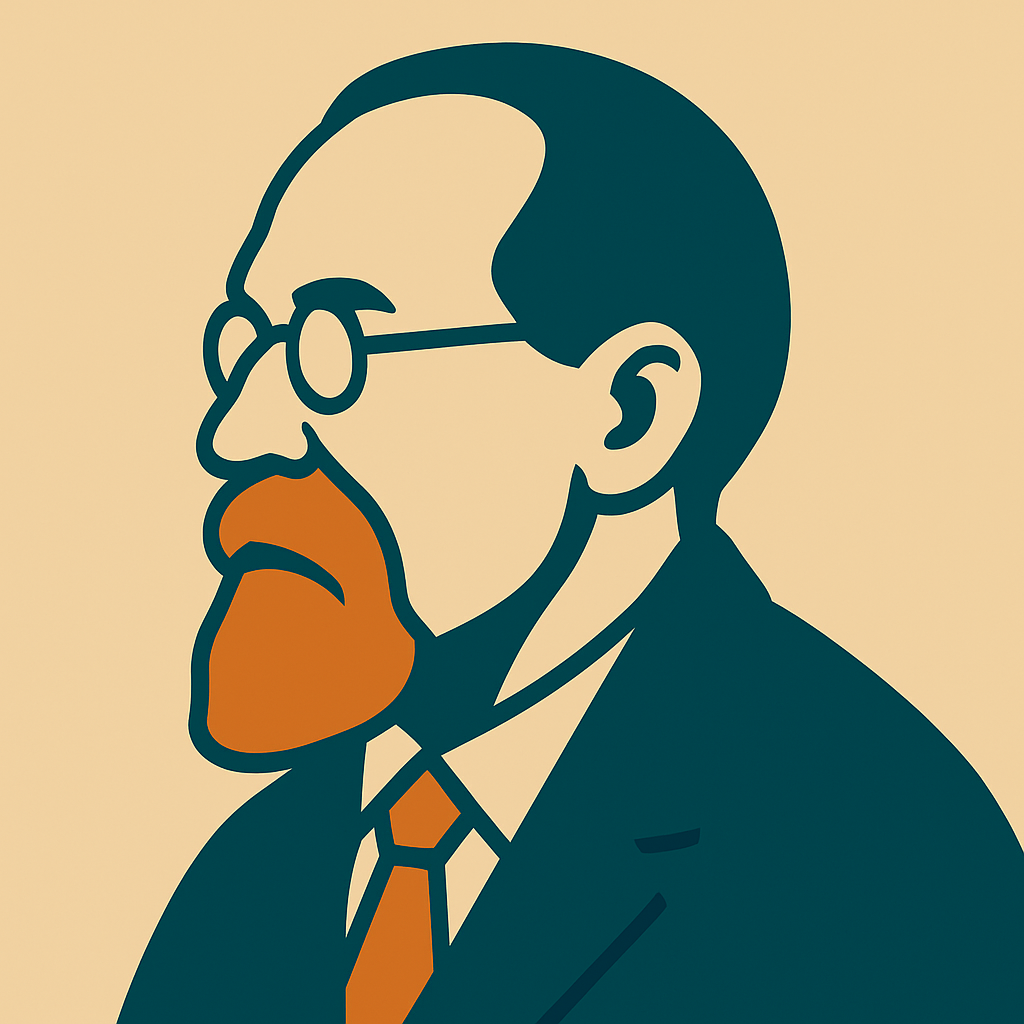Teaser
AI in Tönnies‘ eyes might be seen as a deepening of Gesellschaft—impersonal, calculative relations becoming the norm—while platforms simultaneously simulate Gemeinschaft through personalization, branding, and affective design. My guiding question is whether this synthetic intimacy can repair the social fabric it also thins (Tönnies 1887/1957).
Introduction
Tönnies distinguished between Gemeinschaft (community—based on familiarity, shared life, and moral bonds) and Gesellschaft (society—based on contracts, purpose, and calculation). In today’s AI practices, I see both intertwined: data logics amplify predictability and replaceability, while interfaces, feeds, and avatars evoke closeness. I therefore focus not only on the technology itself, but on the social forms into which it is embedded (Tönnies 1887; Tönnies 1957).
Four Tönnies lenses for AI
1) Forms of association. Recommendation systems, scoring, and A/B testing reward calculative, “societal” behavior. At the same time, “friendship” labels, emojis, and creator cultures evoke gestures of community—without any shared lived practice.
2) Contract versus custom. Terms of service, SLAs, and KPIs formalize interactions. Where shared customs and norms are absent, moderation, safety policies, and sanctions must replace them—with their own power effects.
3) Trust as infrastructure. In Gemeinschaft, trust grows from familiarity; in Gesellschaft, from procedures. AI shifts trust toward audit, logging, and redress—credibility depends on visible, verifiable processes (documentation, appeal, justification).
4) Pseudo-community. Personalization creates a feeling of being “seen,” without reciprocity or obligation. Tönnies helps me treat this as a form: closeness as an interface effect rather than a social practice.
Three applications
Platform labor. Gig apps coordinate strangers through prices, ratings, and standardized roles. Community metaphors (“partners”) coexist with algorithmic discipline—a classic case where Gesellschaft logic dominates (Tönnies 1887/1957).
AI in education. Learning assistants convey personal attention, yet the relationship remains asymmetrical and without mutual obligation. My question: which community-forming practices (peer learning, feedback rituals) are strengthened or displaced?
Municipal services. Chatbots in public administration can improve access but risk disconnecting citizens from lived neighborhood life. They are legitimate only when they complement rather than replace real meeting places and strengthen local associations.
Toolkit for students
- Form analysis: Collect examples of interactions (screenshots, transcripts) and code them as “communal” (durable, reciprocal, situated) or “societal” (transactional, formalized).
- Procedure mapping: Identify who sets the rules, and where appeal, justification, and correction are possible. Document the processes that substitute for trust.
- Field comparison: Compare two cases with similar technology but different milieus (for example, a school vs. a gaming community) to trace variations in form and consequence.
- Intimacy test: Does synthetic closeness create commitment? Do contacts persist? Do mutual obligations emerge—or does closeness end with logout?
Research diary
Today I drafted the hypothesis that AI intensifies Gesellschaft while aesthetically reproducing Gemeinschaft. My next step: two contrasting mini-ethnographies (a creator community and a local volunteer app) and a metric for Verbindlichkeit—mutuality, participation, and duration.
Guiding questions
- Which AI platforms design foster genuine commitment instead of “pseudo-community”?
- Where do procedures (audits, appeals) compensate for the absence of closeness—and where do they generate new asymmetries?
- How could a “community-by-design” approach counter pure engagement optimization?
Literature (APA)
Tönnies, F. (1887/2005). Gemeinschaft und Gesellschaft: Grundbegriffe der reinen Soziologie (new ed.). Gemeinschaft und Gesellschaft.
Tönnies, F. (1957). Community and Society (C. P. Loomis, Trans.). Community and Society.


Schreibe einen Kommentar